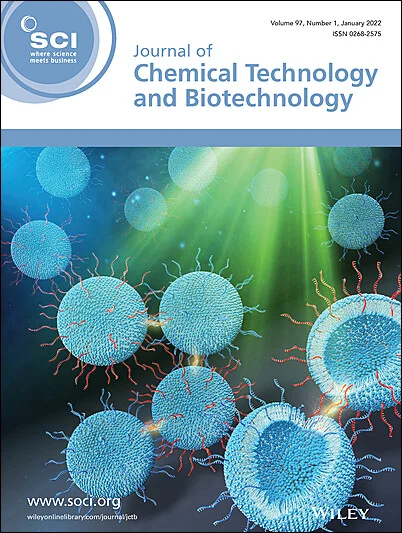Ultrasound-assisted improved crystallization of dimethyl sulphone
Abstract
Background
The present work aims to elucidate the effect of ultrasound on the crystallization of dimethyl sulphone, a therapeutic and anti-inflammatory agent, for the first time. Cooling mode of crystallization was used, and particle size distribution (PSD) and morphology changes for different approaches were analyzed.
Results
Ultrasound-assisted cooling crystallization (UAC) showed improvements in terms of particle size and shape within a short span of sonication. The optical microscopic images revealed that the crystal shape changes from needle-shaped to spherical/rod-shaped, which is necessary to meet the desired specifications for the active pharmaceutical ingredients (API). As a result of uniform PSD, the filtration time decreased in the case of UAC compared with the conventional approach. Studies with different modes of sonication, an ultrasonic horn operating at a frequency of 20 kHz and the ultrasonic bath operating at a dual frequency of 22 and 40 kHz, resulted in a similar product yield. With the scale-up considerations, the effect of acoustic cavitation on the crystallization process was studied at a larger batch size and promising results for size reduction and morphological alterations were established.
Conclusions
The overall work demonstrated the process intensification benefits of applying ultrasound for cooling crystallization in terms of size reduction with desired morphology. © 2025 Society of Chemical Industry (SCI).

 求助内容:
求助内容: 应助结果提醒方式:
应助结果提醒方式:


